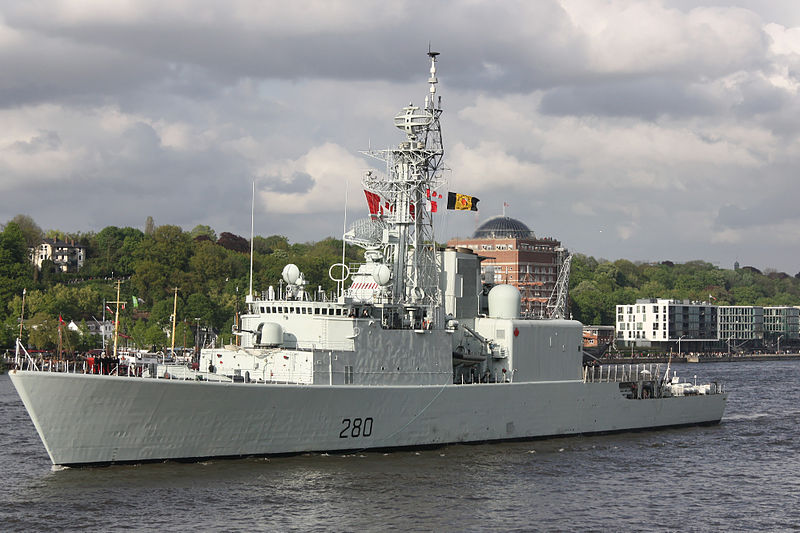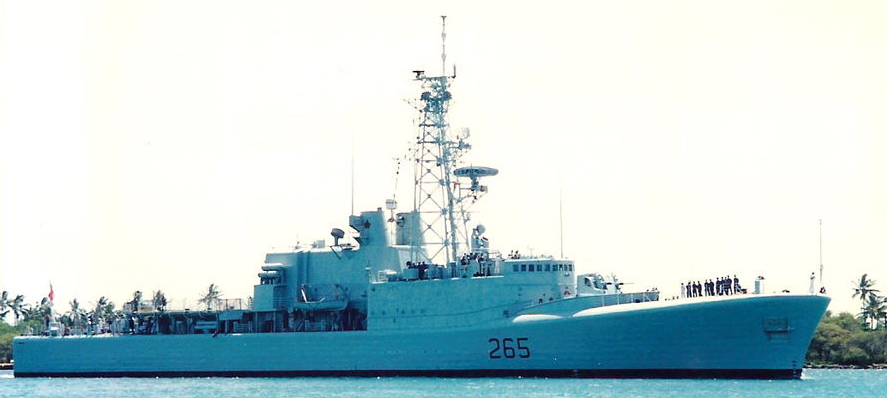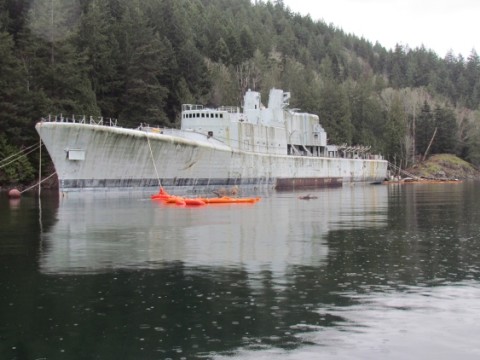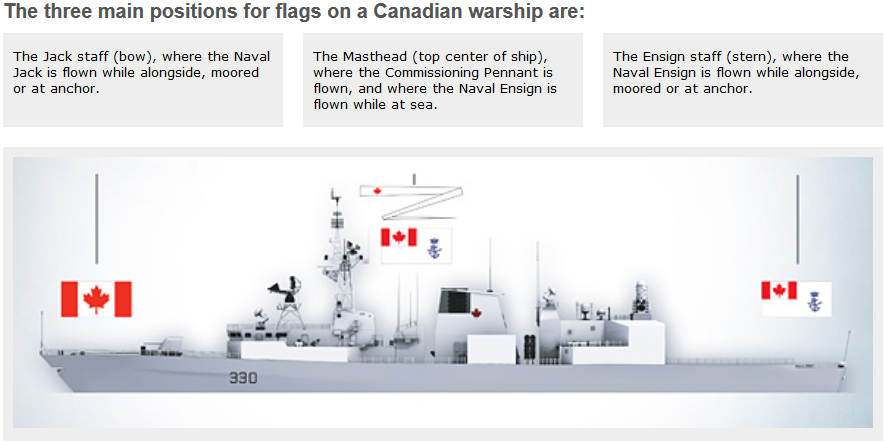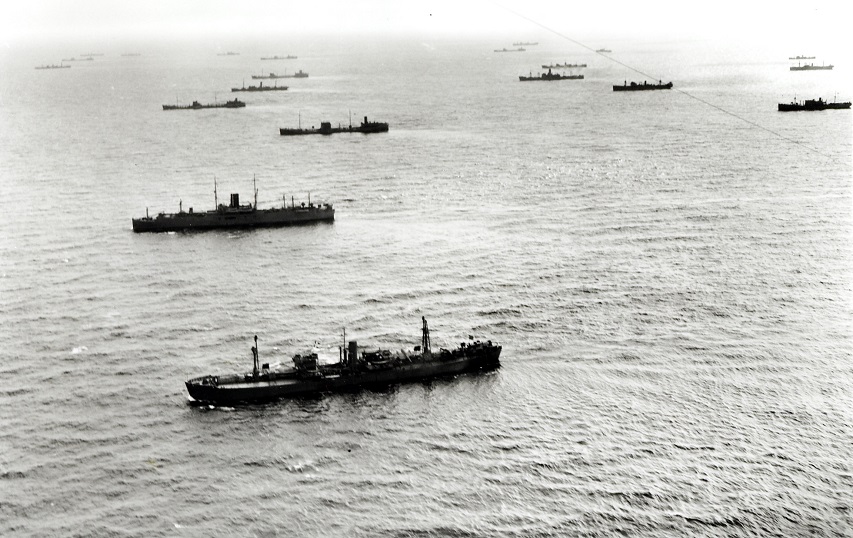The Canadian military (all branches, but especially the reserve forces) have an obesity problem that needs drastic measures to address. Ted Campbell offers his prescription to trim down the bloat:
Command of the Armed Forces should flow from the Governor General, who is, by the Letters Patent of issued by King George VI in 1947, the Commander in Chief, through the Chief of the Defence Staff who should also, for clarity, be styled “Commander Canadian Armed Forces” (COMCAF) and to four regional joint commanders: Commanders of Pacific, Western, Eastern and Atlantic Commands. Each of those commanders should have subordinate and appropriately ranked Naval, Army and Air “component commanders.” (Appropriately means according to the size and scope of the forces in their commands. The Naval Component Commander in Western Command, which has only a handful of Naval Reserve Divisions, might be a Navy Captain while the Army Component Commander in each of Pacific and Atlantic Commands might be an Army colonel or, at best, a brigadier general.)
Staffs should be lower ranked and as [a] firm, absolutely inviolable rule no staff officer in any headquarters may outrank the principal commanders who are directly subordinate to the commander that staff officer serves. In some, rare, cases principal staff officers might be equal in rank to subordinate commanders so that the Vice Chief of the Defence Staff and the officer who heads the national Joint Staff might both be three star officers (vice admirals/lieutenant generals) as would be the commanders of the four Joint Commands. But in an army brigade group, which, given its size and combat power, ought to be commanded by a brigadier general (not by a colonel), where the principal subordinate commanders are lieutenant colonels, the principle operations and support staff officers ought to be majors.
In short almost every staff officer currently serving in almost every HQ, large and small, high and low, in the Canadian Armed Forces is, right now, one (in a few cases two) rank higher than (s)he needs to be. This (over-ranking) is a serious problem because it contributes to HQ bloat and it clouds what should be a very, very clear “chain of command.” It should change, soon. Change would be unpopular and moderately difficult but not, at all, impossible.
Fewer, smaller, leaner and meaner, and lower ranked HQs will, I am 99.99% certain, be more efficient and effective and they might be forced to actually understand the unique pressures that face reserve force members ~ most of whom have full time, civilian jobs (or are full time students) and who do their reserve force work after the “bankers’ hours” that almost all Canadian Armed Forces HQs work. (If I had a penny for every horror story I have heard about army staff officers who know far, far too little about the reserve force units in their areas and who give, sometimes just silly but often quite stupidly impossible
ordersguidance or tasks, that cannot possibly be met on time, if at all, I would be a wealthy man. Now, it may not be clear that lower ranks will solve that, but I believe that lower ranked officers are more likely to work harder (as all staff officers should) and, in an effort to impress their commanders (and his subordinate commanders, too), work smarter, too, which will alleviate many of the problems that are the result of useless HQ “busy work.”[…]
Less money spent on useless, over-ranked staff officers in redundant HQs would mean that equipment and support personnel could be found for the Army Reserve. Minister Harjit Sajjan knows the problem … all he needs to do is to push General Jon Vance in the right (unpopular but right) direction. They are both new enough on the job and each brings to it well known sense of “operational” soldiering that they could make unpopular decisions, give unpopular orders and shake up the comfortable, somnolent, entrenched uniformed bureaucracy, especially in the Canadian Army, and, thereby, reinvigorate the Canadian Army Reserve, using the Auditor General’s damning report as a catalyst for change.

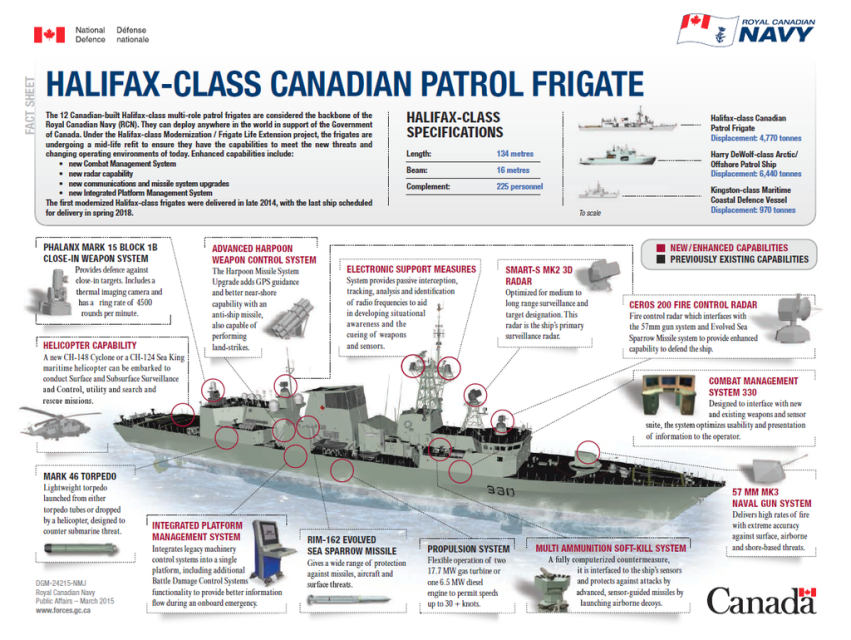
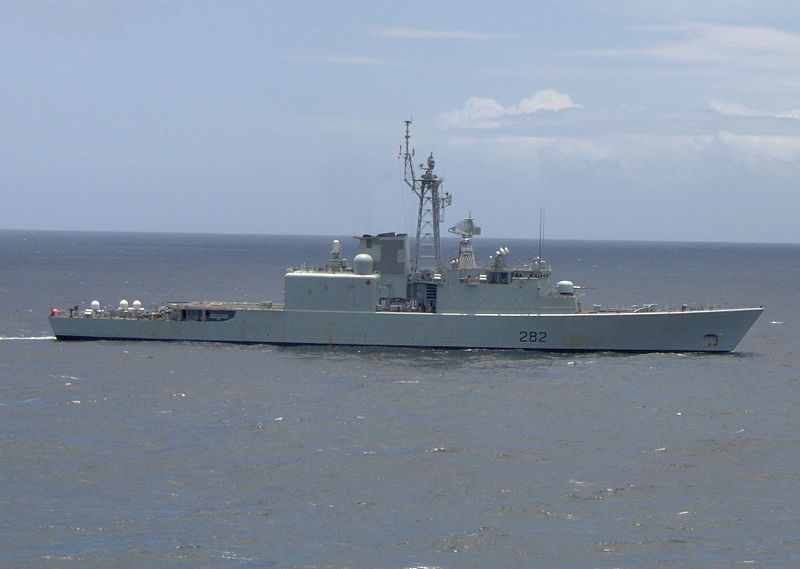
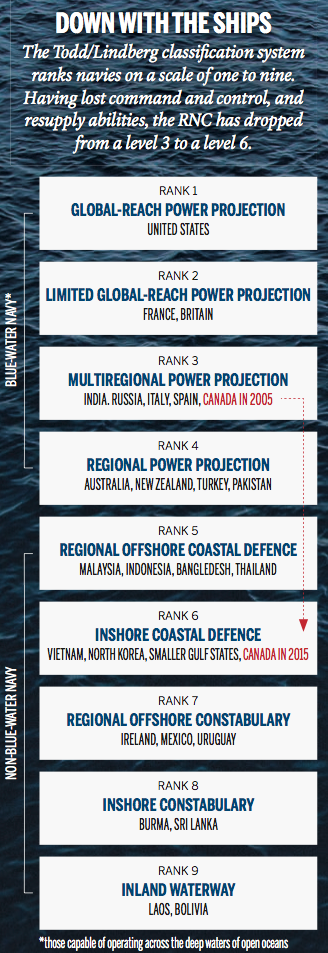 This October, NATO is launching Trident Juncture, its largest and most ambitious military exercise in a decade. The massive land, sea and air exercise will be held in the Mediterranean and will include 36,000 troops from 30 nations. Its goal will be to help the fictitious country of Sorotan, “a non-NATO member torn by internal strife and facing an armed threat from an opportunistic neighbour.” Not surprisingly, this is widely seen as an explicit response to Moscow’s increasingly belligerent pressure on the alliances’ eastern borders. The Canadian government, an outspoken critic of Russian President Vladimir Putin and the invasion of Ukraine, had planned to send its flagship destroyer, HMCS Athabaskan, as “a strong signal to the Russians,” whose ships and aircraft have also been bumping up against Canada’s territorial claims in the Arctic.
This October, NATO is launching Trident Juncture, its largest and most ambitious military exercise in a decade. The massive land, sea and air exercise will be held in the Mediterranean and will include 36,000 troops from 30 nations. Its goal will be to help the fictitious country of Sorotan, “a non-NATO member torn by internal strife and facing an armed threat from an opportunistic neighbour.” Not surprisingly, this is widely seen as an explicit response to Moscow’s increasingly belligerent pressure on the alliances’ eastern borders. The Canadian government, an outspoken critic of Russian President Vladimir Putin and the invasion of Ukraine, had planned to send its flagship destroyer, HMCS Athabaskan, as “a strong signal to the Russians,” whose ships and aircraft have also been bumping up against Canada’s territorial claims in the Arctic.